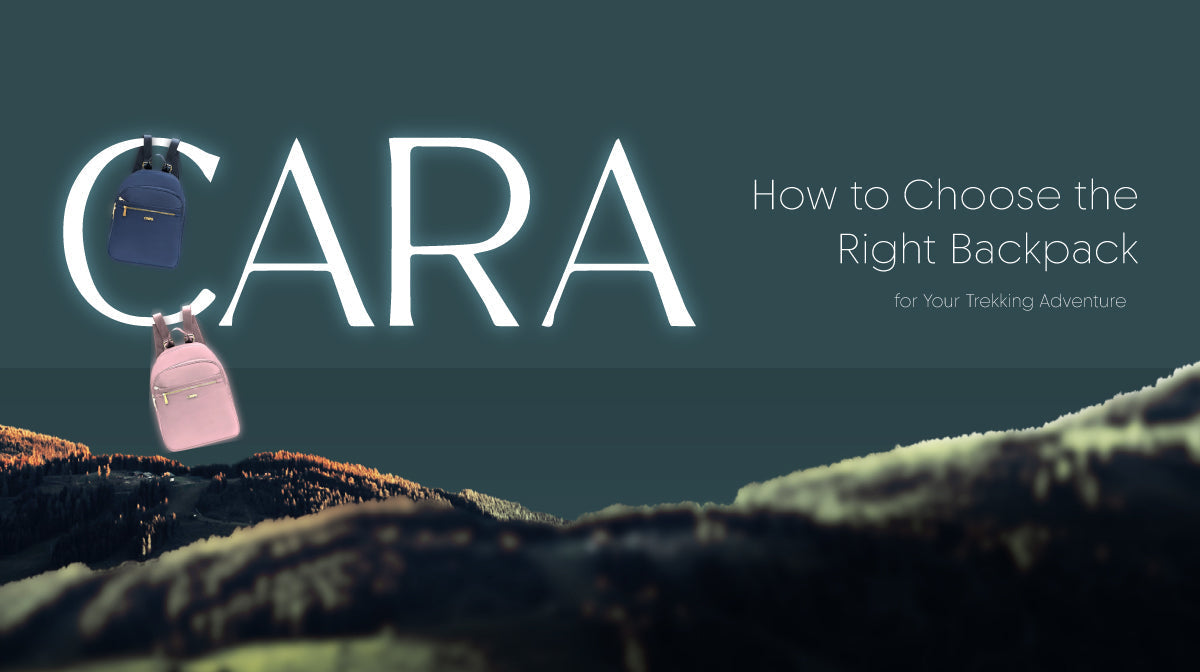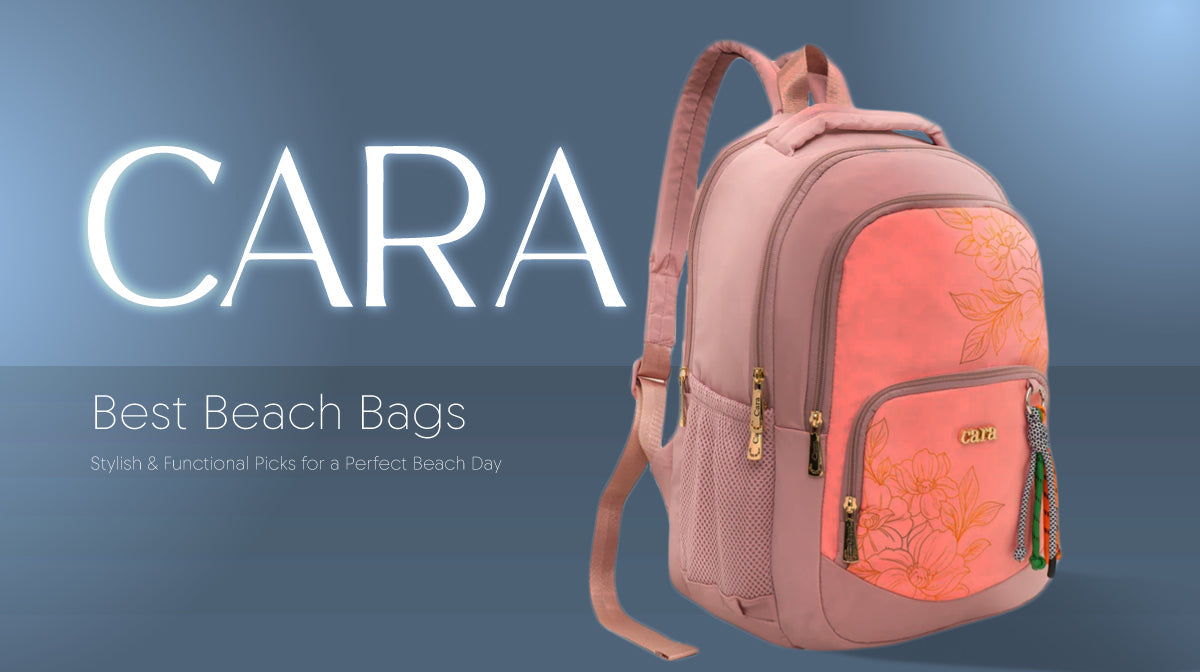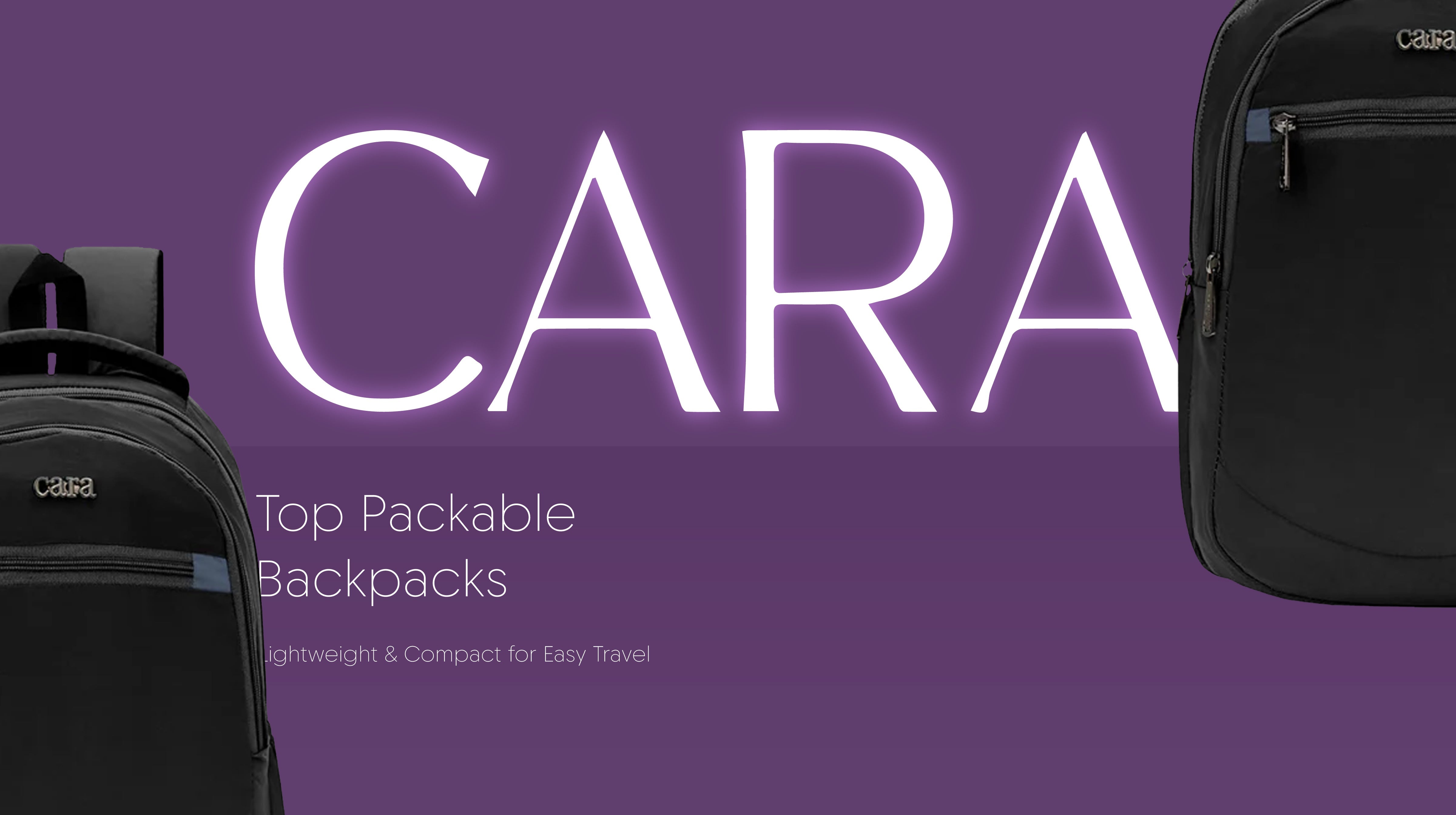
How to Choose the Right Backpack for Your Trekking Adventure
A poor hiking backpack can ruin a good hike. Straps are digging into your shoulders. Your gear bounced with every step. You have back pain. Have you faced these? A hiking backpack that works for you makes the trek easier and allows you to enjoy the hike more.
So, how do you figure out which one to buy? This guide will provide further assistance. You will learn several factors to consider when purchasing a backpack for hiking that fits well, distributes the weight correctly, and is not cumbersome to wear. You will understand how to identify the correct size, fit and features for a backpack that makes a difference while trekking.
And no, it is not just a matter of going out and buying the biggest pack or the most expensive one. A hiking backpack should be tailored to the type of hiking you intend to do. It fits correctly, holds everything in the right place, and doesn't compromise your posture. You will recognize it when things become tense — when you are tired, when it rains, or when the trail is steep.
By the end of this, you will know what to look for and what to avoid. You’ll stop guessing and start picking with confidence. Ready to upgrade your trail game?
Head over to Cara Fashion and explore our backpacks that check all the boxes — innovative design, solid build, and comfort you’ll feel from the first step. Let’s find your trail buddy today.
Right Hiking Backpack - Why it Matters a Lot

Let's address the obvious: not all backpacks are made equal. If your hiking bag is too tiny, you may run out of supplies. A huge and heavy one can make you feel heavy, alter your posture, and lead to injury. A poorly fitted one? Every stride will put a strain on your back and shoulders.
Selecting the appropriate backpack is just as crucial as picking the trail. A quality backpack improves your trekking experience. It maintains everything accessible and orderly, provides mobility, and effectively distributes your weight. Because of this, taking the effort to choose the best one pays you each time you hit the trails.
1. Determine the Type & Duration of the Trek
Where and how long you plan to trek are the first steps in choosing a backpack for trekking.
-
For one-day treks, a 15–30L pack should be adequate. It has a first-aid kit, snacks, a drink, and an additional layer.
-
For one to three-day weekend treks, opt for a 30- to 50-liter backpack. It can accommodate sleeping equipment, clothing, food, and a small tent.
-
For extended treks of more than four days, you’ll need a 50-70L backpack or larger, depending on the distance of the trek and whether you need to carry all your equipment, including cooking supplies and other essentials.
The landscape is essential as well. Trekking in the mountains or at high elevations may require the use of additional clothing and equipment, which can increase your load. Accessibility and ventilation may be given priority on jungle treks.
2. The Trekking Backpack Fit Guide

When it comes to selecting a hiking backpack, this may be the most overlooked consideration, but let's be clear: a poorly fitted backpack can make your trip miserable.
Here is a simple guide to fitting a trekking backpack:
Assess the Length of Your Torso: Backpacks are sized according to the length of your torso rather than your total height. Measure from the top of your hip bones to the base of your neck.
-
Small is 15–17 in.
-
18 to 20 inches is medium.
-
Large is more than 21 inches.
Select a backpack based on the size of your torso. Utilize the adjustable harness systems that are included with most contemporary hiking backpacks.
Fit of Hip Belt: The hip belt should provide comfortable support for your hip bones, neither too high nor too low. Instead of your shoulders, it should bear at least 70% of the weight of the pack.
Load lifters and shoulder straps: The shoulder straps should fit naturally across your shoulders without being too tight or constricting. To balance weight and draw the pack closer to your body, load lifters—angled straps near the top of the pack—are used.
Try Before Purchasing: Fill the backpack with weights whenever you can, then take a stroll around your house or the store. You may feel the difference in comfort right away.
3. Backpack Capacity Chart as per the Need
Let’s determine the different capacities of a trekking backpack according to the requirements.
|
Duration |
Capacity (Liters) |
Ideal For |
|
Day Hike |
15–30L |
Water, snacks, raincoat, basic tools |
|
Overnight |
30–50L |
Food, clothes, lightweight tent/shelter |
|
Longer route |
50–70L |
Cooking gear, sleeping bag, extra clothes |
|
A week trip |
70+L |
Full kit for extended backcountry travel |
4. Best Backpack Features for Trekking

In real-world trekking scenarios, it's not just about size and straps; features can make all the difference. These are the top hiking backpack characteristics, which are made to improve comfort and functionality:
Back Panel with Ventilation: A mesh or trampoline-style back panel enhances airflow and reduces back sweating, which is important for hikes in warm weather or for people who perspire a lot.
Compatible with Hydration Reservoirs: A hydration sleeve and hose routing are common features of hiking backpacks that let you drink water while you're on the go without taking the backpack off your shoulder.
External Attachment Points: To save room inside the pack, you can connect sleeping pads, tents, ice axes, trekking poles, and bungees using loops, bungees, and gear straps.
Multiple Access Points: You won't have to unpack everything to reach the contents at the bottom of the pack, thanks to side zippers or bottom access to the main compartment.
Compression Straps: As your gear is used during the hike, compression straps help balance your load and reduce pack volume.
Rain Cover: For unforeseen weather conditions, especially on high-altitude or forested hikes, having an attached or built-in rain cover is crucial.
5. Appropriate Weight of a Trekking Backpack
The weight of hiking backpacks can vary, even when they are empty. Although ultralight backpacks are lighter, they often lack padding or structure. Instead, Heavy-duty backpacks might weigh more than two to three kilograms before you even pack anything.
Find a balance between your level of endurance and the trek you're navigating. For instance:
-
Short-duration, level trek: Ultralight or frameless packs are ideal for this type of trek.
-
In a rugged or mountainous trek: A framed backpack with supporting styles works better, even if it weighs more.
6. Never Compromise for Material & Durability

Your hiking backpack must withstand you in unpredictable situations, including weather, rain, scratches, or UV rays. For high-end durability, look for polyester material or Ripstop nylon, as they are lightweight, tough and often treated for water resistance. High abrasion-resistance fabric, such as Cordura, is ideal for rough trekking.
Lastly, ensure the zippers are of higher quality, weather-sealed, and the seams are reinforced. Try a backpack before buying one by putting some weight in it. Make sure that the website or even an offline store has a generous return policy. See if your lower back is not strained, shifted, or rubbed by the hiking backpack by trying it out. It needs to feel close to being distributed on your body.
7. Gender-Specific Designs for Better Fit
There are many brands that make men's and women's hiking backpacks based on physical anatomy, not marketing hype. Women's backpacks usually have curved hip belts, shorter torso lengths, and narrower shoulder straps.
Men's backpacks have longer torso lengths and wider frames. If you're shorter or taller than the average male or female height, you should go with a gender-neutral or customizable pack. Try a variety of choices to see what feels the greatest.
Final Thoughts: A Perfect Backpack Makes the Trek Memorable

Hiking is about discovery, enjoyment, and independence. But if your backpack is falling apart on the trek, your bag breaking down affects all of your enjoyment of your trip. If your back is hurting or your shoulder is aching, then the adventure is meaningless. Choosing a hiking backpack is the first step to a better adventure..
Consider your trekking style, physique, weight, and the features of the backpack before planning your next adventure to buy a perfect hiking backpack. After you test your bag and make an ideal plan, you should be able to enjoy the journey, one step at a time, with your backpack.
At Cara Fashion, we dare to believe that adventure and style can coexist. Immerse yourself in our carefully designed collection of hiking backpacks, crafted for durability, comfort, and style, so you not only explore Mother Nature but also look great doing it.
If you want to check our range of modern trekking backpacks, visit Cara Fashion for our range of the latest backpacks and let's start your journey with a great trail buddy now!
FAQs about How to Choose the Right Backpack for Your Trekking Adventure
1. What is the ideal size of a hiking backpack for a 3-day trek?
Packs in the 50- to 80-liter range are also great for shorter trips where you pack a little more luxuriously or multisport activities like backcountry skiing.
2. How much weight should my hiking backpack carry?
Let's take a look at the golden rule among seasoned hikers: The weight of your fully loaded backpack should not exceed 10% of your body weight for day trips, and 20 % for trekking tours that last several days.
3. Is a gender-specific hiking backpack worth it?
Yes. Women’s trekking backpacks are designed with different anatomies, such as shorter torso lengths, narrower shoulder straps, and contoured hip belts for better comfort. Men’s backpacks are catered to a broader range of physiques.




